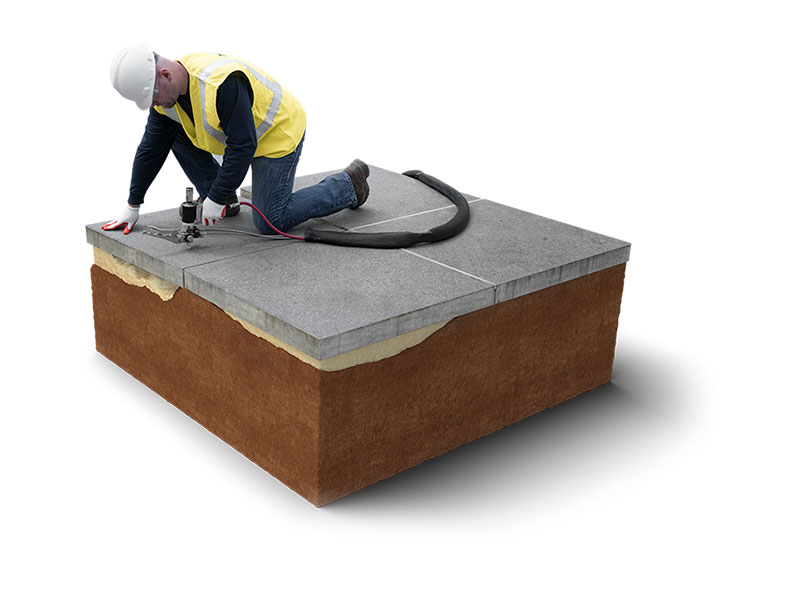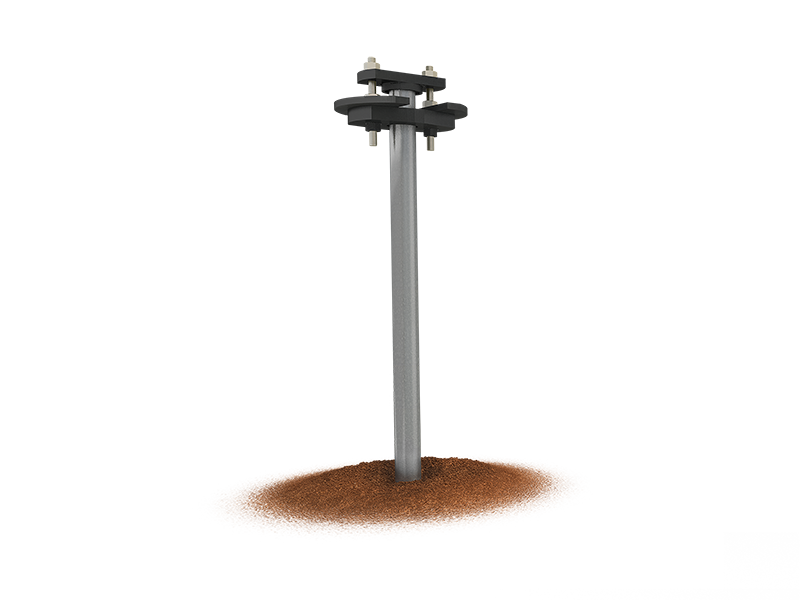How do you know what to do about your sunken concrete? Did you know it can be repaired instead of replaced, saving you time and money.
There are a couple of options for you to fix your concrete so we have laid them out for you here. Some options are more effective than others, and while looking for the best solution for you, it is best to know the facts. The most common alternative repair methods to avoid include mudjacking, concrete replacement, and doing nothing at all.
Let us help you avoid:
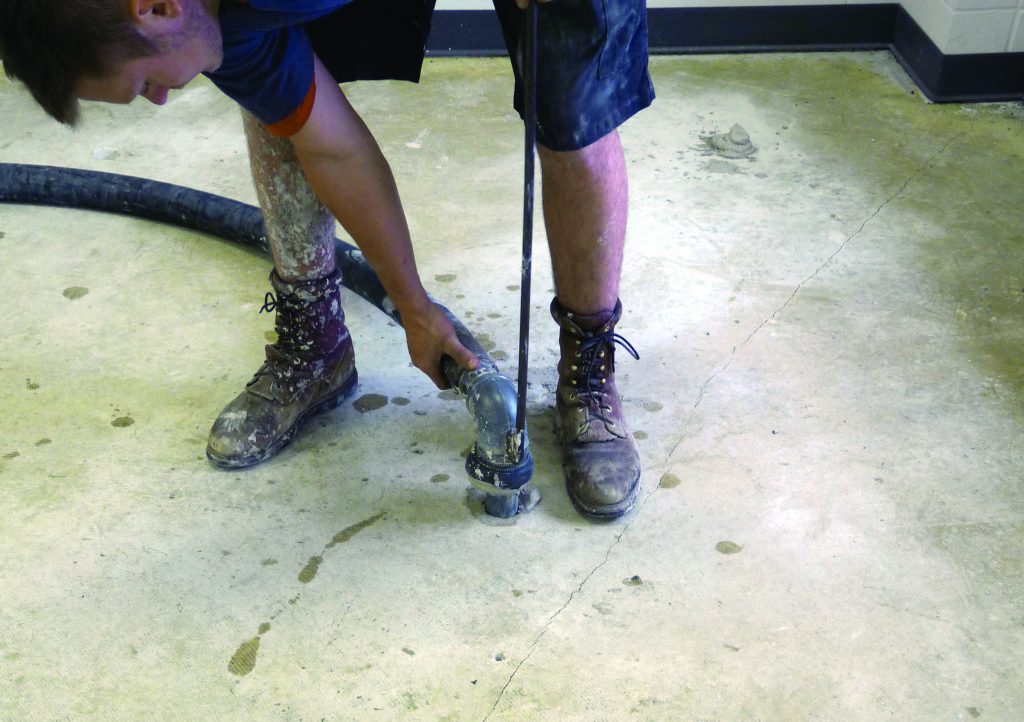
Mudjacking is an old fashioned method for lifting concrete and concrete leveling. This form of concrete jacking involves drilling a series of holes throughout the concrete slab, and a cement slurry, or mud, is pumped beneath the slab to fill in the void and attempt to provide lift for concrete.
One of the biggest drawbacks to this approach is that the high-pressure grout is very messy. It is not uncommon for the cement slurry to spew out of the holes and cracks in the slab, making a huge mess that is almost impossible to clean up. Mudjacking also requires that large holes (1.5 – 2 inch) be cored in the slab making it obvious that a repair was completed.
Another thing to consider is that the cement slurry used for mudjacking is heavy (100lbs per cubic foot) and adds a significant amount of weight to the soil that supports the slab. The additional weight can make the problem worse causing future settlement.
The cement slurry in mudjacking can take several days to cure. Therefore, you can’t drive or walk on it for several days following the project. Mudjacking concrete leveling is a cost effective method to choose, but it does have it’s drawbacks. With mudjacking, there is a high chance of resettlement and more damage, since the materials can wash away and cause additional weight.
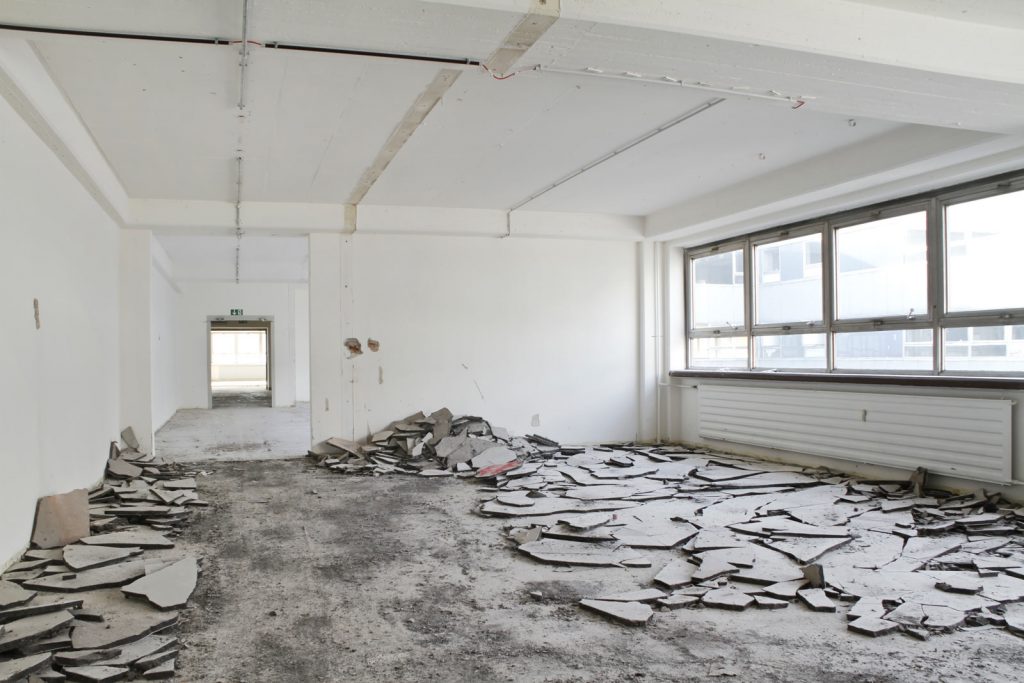
In order to replace concrete, the existing concrete slabs must first be removed. Typically a jackhammer is used to break the existing concrete slabs into pieces. And then all of those chunks of concrete are hauled away.
In the case of interior slabs, all of the home furnishings, floor coverings and interior partition walls must first be removed. Then a new floor is poured and allowed to cure for at least two weeks. Then interior partition walls can be re-built, floor coverings re-installed, and home furnishings brought back in.
The solution is obviously disruptive and expensive, but the real problem is that it doesn’t address the issue. The concrete slab isn’t the problem; the soil supporting the slab is the problem. When you install a new concrete slab over the same troublesome soil, so you can expect that your new slab will sink just like the old one.
Another problem that people often forget to consider is that the colour of the new concrete doesn’t match the colour of the original concrete. This creates a major eye sore around your property, Additionally, it takes several weeks for new concrete to cure, meaning that you cannot drive or walk on it for several weeks after it’s installed.
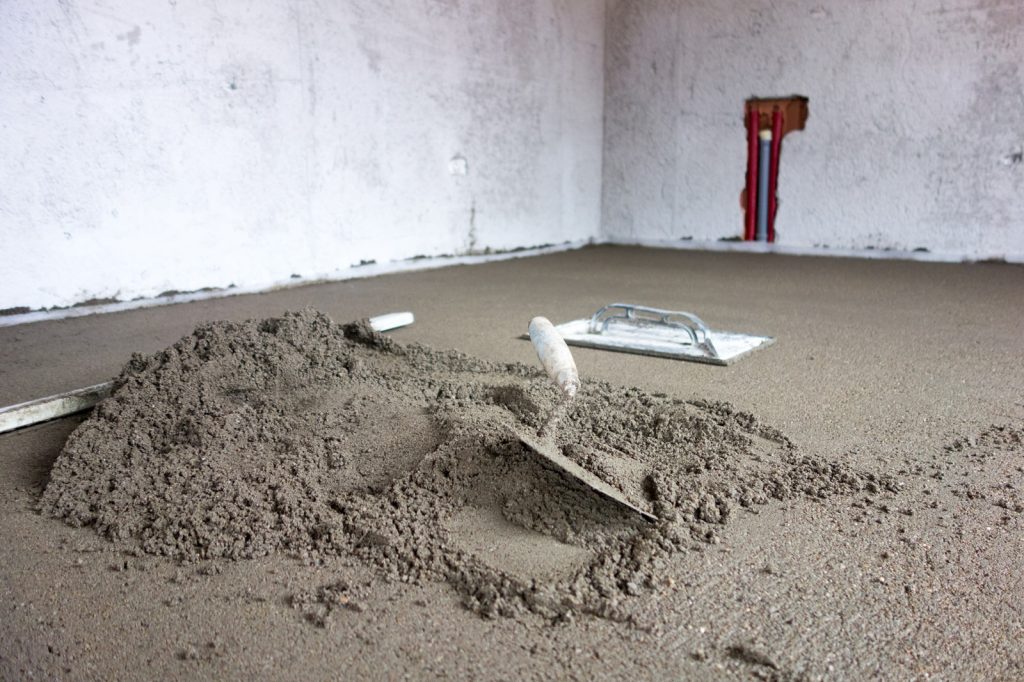
Adding a layer of concrete topping is only a temporary repair. The materials under your slab have settled and adding extra weight will often make it worse.
Ok, so you want some dependable concrete repair methods to NOT avoid? Here are our, industry-leading, tried and TRUE, solutions for concrete repair Vancouver.
